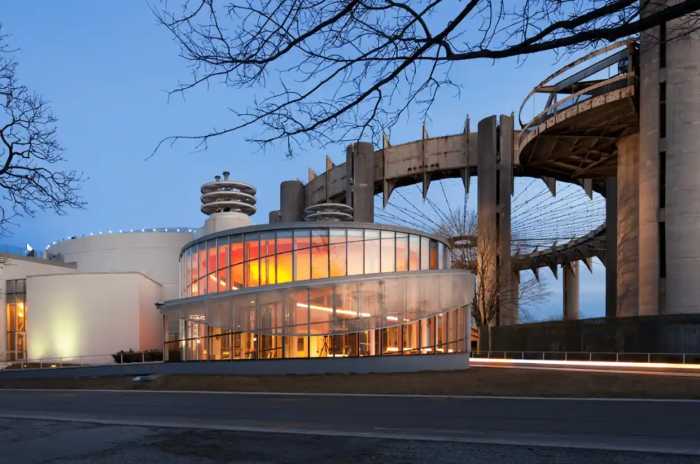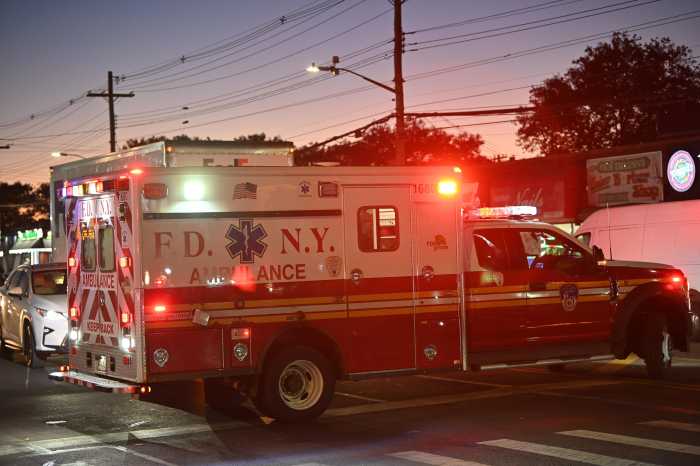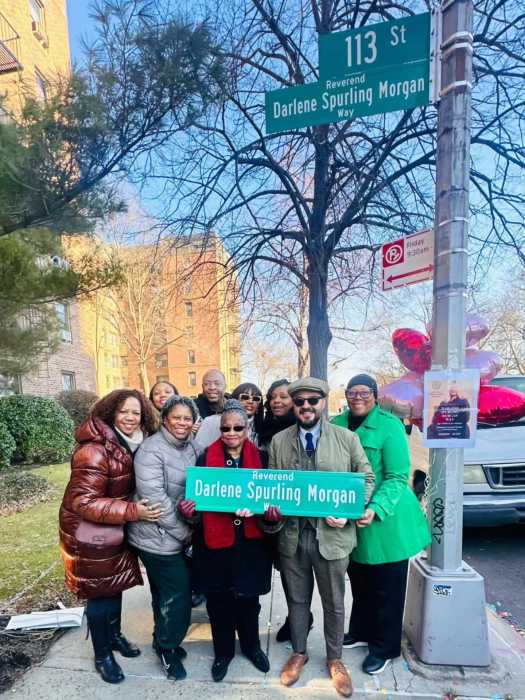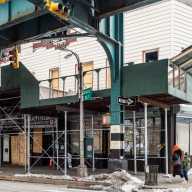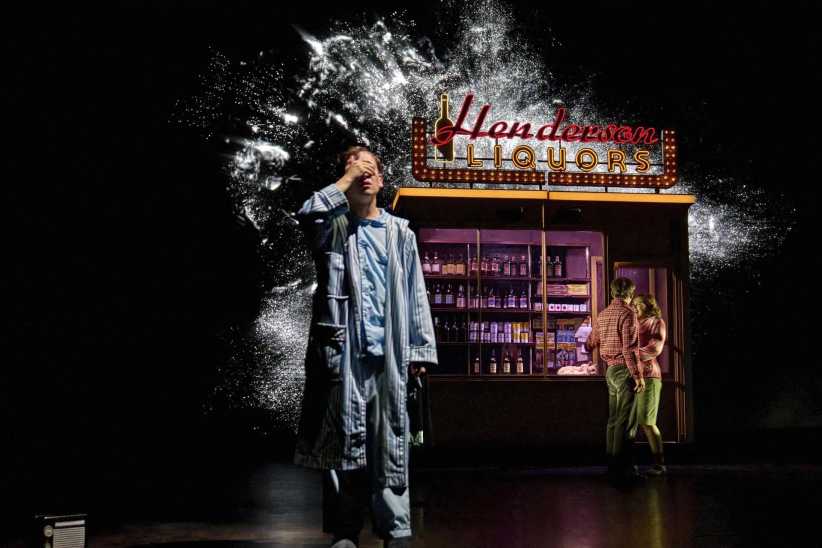BY ANN CHOI, JOSEFA VELASQUEZ & WILL WELCH, THE CITY
This story was originally published on April 2, 2020, by THE CITY.
New York City’s greatest concentration of COVID-19 cases is among residents of Queens’ Jackson Heights, Corona and Elmhurst neighborhoods, newly released health stats show.
Those areas are home to large numbers of people toiling in construction, food service, janitorial services and other jobs that continued well into the outbreak — even as many businesses shut or moved to remote work to prevent the disease’s spread.
“In general, the service sector fields put workers in close touch with New Yorkers,” said Jonathan Bowles, executive director for the Center for an Urban Future, which recently analyzed the impact of the coronavirus crisis on jobs outside of Manhattan.
“When you are in the office and when you have the luxury of closing the door, maybe you have a little better insulation than serving someone a meal, driving a cab or working at a nail salon.”
In the three Queens neighborhoods, more than 2,601 people tested positive, or 9 per 1,000 residents, the new city data shows. That’s far higher than the citywide rate of 5 per 1,000 residents — 38,904 people as of March 31.
In those neighborhoods, people who work in food preparation and serving, personal care and service — including child care workers and aides to the elderly — as well as in the construction and janitorial industries make up 38% of the working population, according to Census Bureau data.
The citywide average, by comparison, is 18%.
THE CITY’s analysis of the new data also found that testing for the virus has been consistent across different neighborhoods, with the number of tests in each ZIP code proportional to the population of that neighborhood.
That suggests that the large number of cases identified in north-central Queens is a true outbreak — and not the result of an unusual number of people being tested.
Why Queens?
Elmhurst Hospital, which is situated with Jackson Heights to the north, Corona to the east and Elmhurst to the south, has been hit particularly hard by the surge of patients seeking treatment.
The teaching hospital is normally equipped to handle 15 to 20 critically ill patients in its intensive care unit and an intermediate care unit that’s known as a stepdown.
Over the last 10 days, the number of intensive care beds at Elmhurst Hospital has ballooned to 111 to accommodate those sick with COVID-19, city Health + Hospitals President Mitchell Katz Wednesday said.
That’s an undertaking that would normally take six months to a year to accomplish, he noted.
The deluge of patients with COVID-19 has overwhelmed the hospital — leading to the transfers of 193 non-ICU patients and 43 ICU patients to other facilities throughout the city, Katz said.
“It’s not just Elmhurst Hospital” that’s been hit hard, he noted, it’s Queens in general. The borough lagged in hospital beds, even before the virus crisis.
“Queens has about half the number of hospital beds per thousand persons, than Manhattan,” he said.
State Department of Health records indicate there were just 1.68 hospital beds per 1,000 people in Queens before the outbreak started, placing the borough dead last behind Brooklyn.
Katz also cited the residential dynamics of some Queens neighborhoods as he theorized why certain areas have been slammed by the virus.
“We know that in Queens, many families — because of poverty — live together in very close quarters,” Katz said. “So that while we are practicing as a city, social distancing, you may have multiple families living in a very small apartment. And so it’s easy to understand why there’s a lot of transmission of COVID occurring.”
Coronavirus has so far claimed 1,374 lives in New York City, making up one-third of all U.S. fatalities so far. The city has recorded 45,000 cases — representing one in five nationally.
This story was originally published by THE CITY, an independent, nonprofit news organization dedicated to hard-hitting reporting that serves the people of New York.




